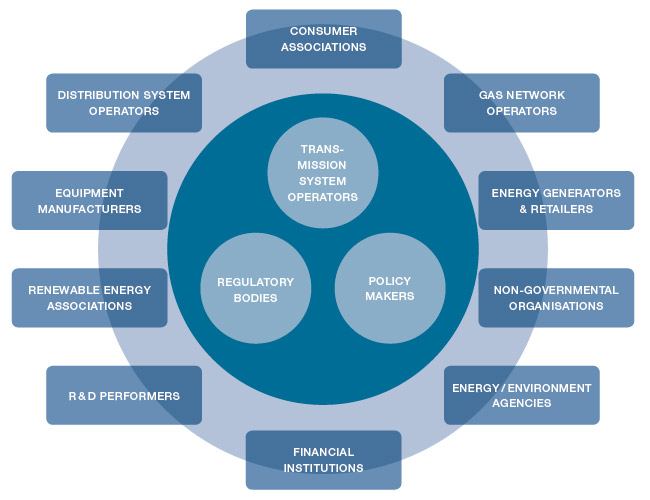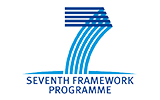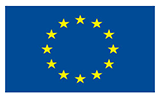An important objective of the e-Highway2050 project is to rely on the constant involvement of stakeholders from science and research, business, politics and society from the outset as well as during the process of drafting the Modular Development Plan of the Pan-European Transmission System 2050. In this way, the needs and interests of the various stakeholder groups can be taken into account, allowing an actionable pan-European development plan to be developed that will garner wide acceptance.
e-Highway2050 in conversation with stakeholders
The following video interviews capture a range of key stakeholders’ interests and perspectives concerning the development of a Pan-European grid and related environmental and sustainability issues.
Visit our YouTube-Channel for more e-Highway2050-related videos and playlists.
Stakeholder Groups

The figure presents the various stakeholder groups:
- Stakeholders directly involved in the implementation of project results or a pan-European, long-term transmission network concept, including electricity highways, are: ENTSO-E members (the TSO community), policy makers (at EU and Member State levels) as well as regulatory bodies at European (ACER and CEER) and national levels.
- All Europeans are directly or indirectly affected by the construction, financing and operation of a pan-European transmission network. In this context, key stakeholder groups are: Stakeholders involved in the electricity value chain (generators, equipment manufacturers, distribution system operators, energy retailers), similar players in the gas sector, research & innovation organisations (public and private), financial institutions, national energy/environmental agencies, NGOs and consumer associations.
During the course of the project, the figure will become interactive and incorporate quotes from each stakeholder group concerning their expectations for the project.



